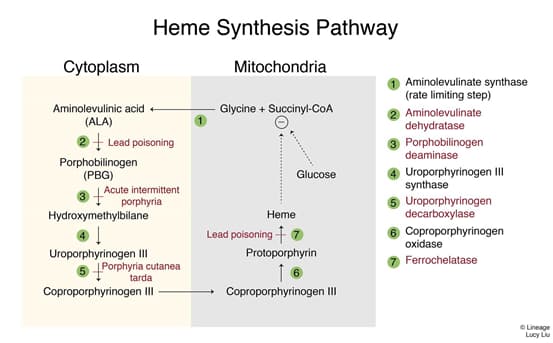Snapshot

- A 50-year-old man complains of open, non-healing blisters on the dorsal surfaces of his hands. He has a history of untreated chronic hepatitis C infection. While he tries not to drink, he admits to having one glass of wine over the holidays. He denies any abdominal pain.
Introduction

- Blistering cutaneous photosensitivity caused by hepatotoxic triggers
- Autosomal dominant or sporadic defect in heme synthesis
- Recurrent flares triggered by hepatotoxins that upregulate heme/P450 synthesis
- alcohol and estrogen = most common triggers
- viral hepatitis
- HIV
- iron
- Epidemiology
- most common form of porphyria
- middle-aged men and women
- younger women on oral contraceptives
Presentation
- Skin findings
- non-healing blisters, erosions, and ulcers
- in sun-exposed areas (face, neck, dorsal hands, forearms)
- hypertrichosis of face
- hyperpigmentation of skin
- Non-skin findings
- no abdominal pain (as in other porphyrias)
- red-brown urine (port-wine urine) from porphyrin pigment
Evaluation
- Diagnosis by urine studies
- ↑ urine uroporphyrin levels (2-5x above coproporphyrins)
Differential Diagnosis
- Pseudoporphyria (from NSAIDs)
- Porphyria variegata
- Acute intermittent porphyria
- Erythropoietic protoporphyria
- burning pain and erythema develops on skin minutes after sun exposure
- no scarring or blistering
- protoporphyrins elevated in plasma and RBCs
- treatment: limit sun exposure; beta-carotene reduces photosensitivity
Treatment
- Avoid exposures (alcohol, estrogen, other hepatotoxins)
- Sunscreen use
- Iron removal by phlebotomy
- Chloroquine
Prognosis, Prevention, and Complications
- Prognosis
- complete clinical clearing in between 2 months and 2 years after stopping triggers exposures
- Prevention
- avoid triggers


